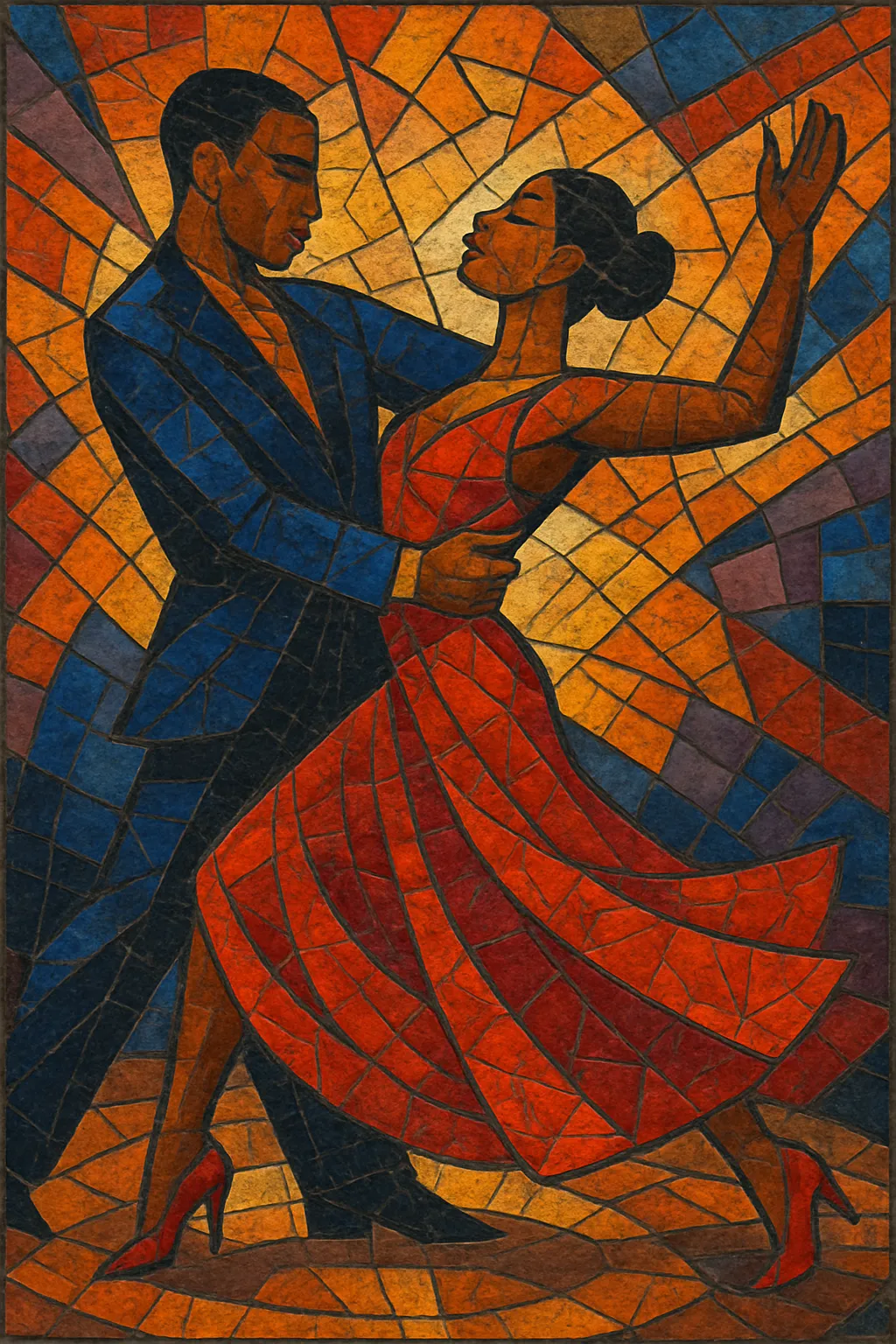Ballroom is a high-energy club music style created for the competitive performance and runway culture of Black and Latine LGBTQ+ ballroom scenes.
It centers on hard, percussive house-derived beats, most famously punctuated by the "Ha" crash (sampled from Masters At Work’s The Ha Dance), with sharp snares, claps, and chants designed to cue category moves like the dip, catwalk, duckwalk, and hand performance.
Tempos typically sit around 125–132 BPM, grooves are loop-driven and drum-forward, and harmonic content is minimal so that MCs/commentators and dancers remain the focus.
The sound is functional first: it builds tension, releases energy for stunts, and provides clear rhythmic markers for battles and runway presentation.
Ballroom music grew out of New York City ballroom culture, where house, tribal house, and other club records powered runway and voguing categories. In 1991, Masters At Work’s The Ha Dance introduced the iconic “Ha” crash used as a rhythmic cue, becoming the defining sample of ballroom’s percussive language. Through the 1990s, DJs tailored edits and loops to serve commentators and dancers, emphasizing impact points for dips and pose breaks.
As ballroom scenes thrived across the U.S., producers began crafting original tracks that codified the style—hard kicks, tight snares, sparse bass, and repeated “Ha” stabs. The music prioritized functional clarity for categories and commentator call‑and‑response. Regional scenes interacted with Baltimore club and emerging Jersey club, further sharpening the drum programming and performance-oriented structure.
The 2010s saw dedicated labels and crews (e.g., Qween Beat) formalize distribution, while online platforms spread the sound worldwide. Signature producers like MikeQ and Vjuan Allure standardized arrangements for different categories and event pacing. Ballroom tracks became more widely available as singles, battle tools, and DJ packs, preserving the culture’s performance function while expanding its audience.
Ballroom aesthetics and rhythms entered broader pop and club music conversations, with major artists referencing ballroom culture and producers collaborating across scenes. Despite wider visibility, the core remains community-centered: tracks are made to work the floor for specific categories, empower commentators, and serve the houses and legends that sustain ballroom.


